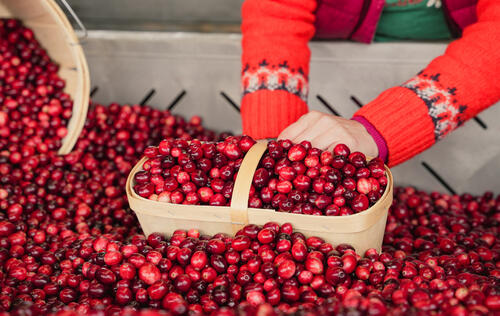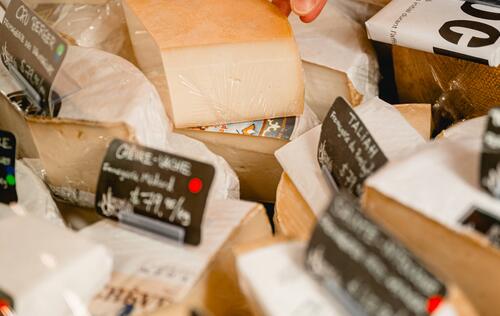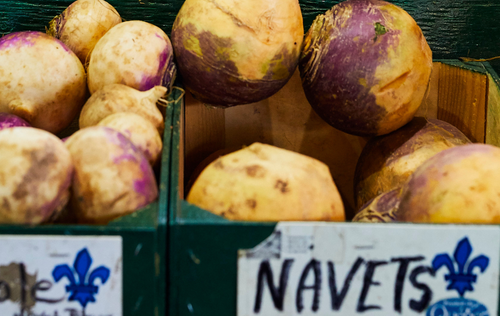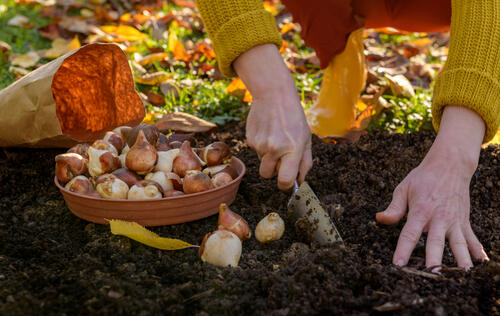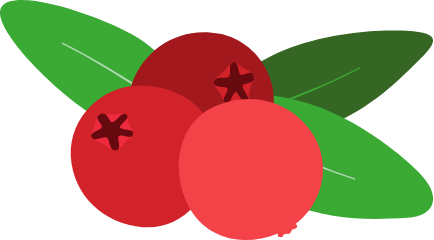Springtime foraging
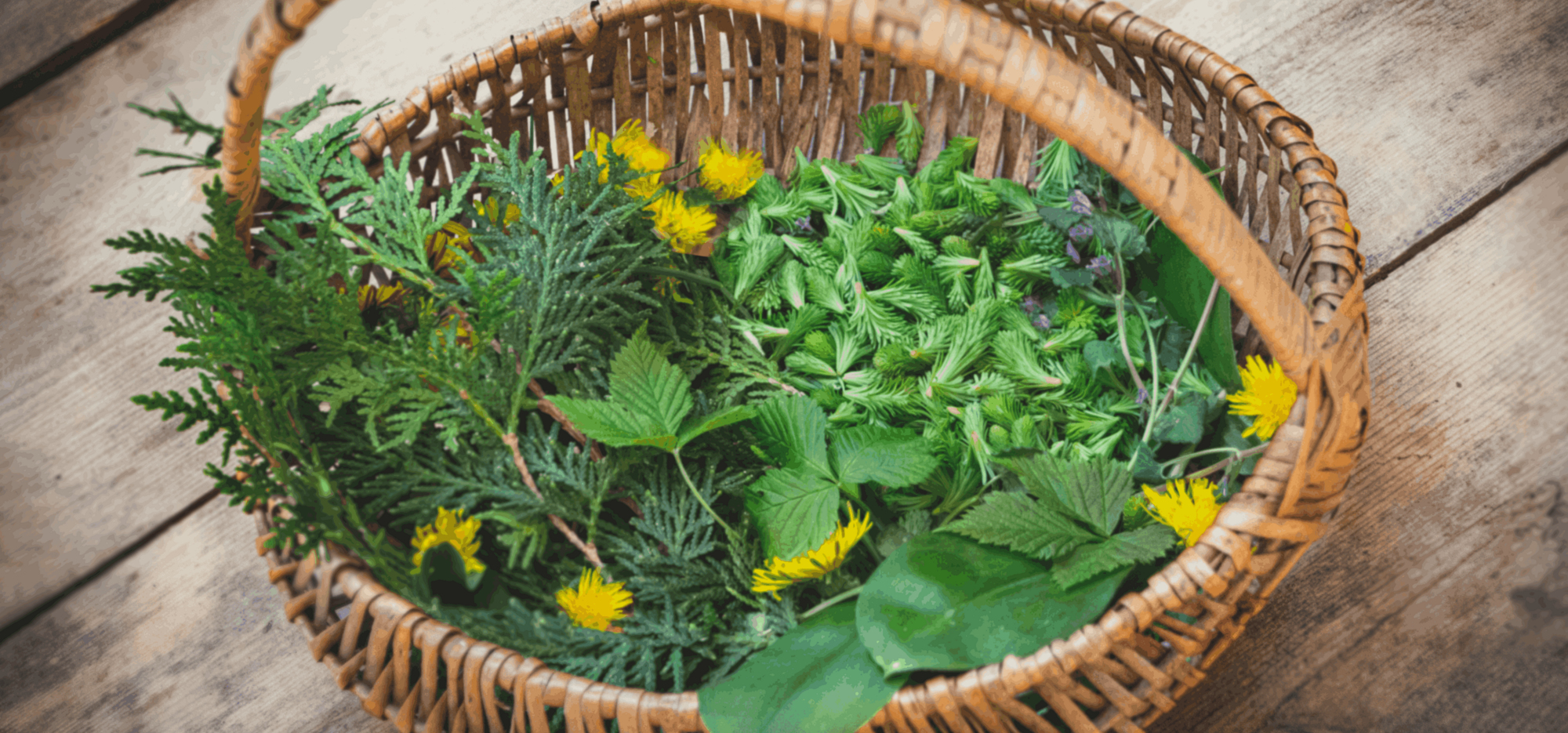
As the days lengthen and the soil warms up, gardeners prepare their vegetable gardens. But did you know that real treasures can be plucked from the wild in early spring? Nutritious and tasty, wild edible plants are one of our region's local foods. If you want to eat them responsibly, it's important to be careful, not only for the safety of the gatherers, but also for that of nature itself.
Edible plants to discover
Wild garlic
Maple groves are fascinating ecosystems in spring, home to short-lived edible plants such as wild garlic. When abundant, only one leaf per plant can be harvested, and from only a few plants. The leaves can be chopped and stored in the freezer in oil-covered ice cubes, which can then be added to vinaigrettes, marinades or sautéed vegetables. The taste of the leaves is milder than that of the bulbs, which should be left unharvested to preserve the resource. Wild garlic, too often a victim of its popularity, is protected by law. Get the right information and take the time to consider the impact of your harvest on the environment before you pick.
The shoots of balsam fir
The shoots of balsam fir, true treasures of the forest, can be picked sparingly here and there at the end of branches. Once dried, they develop a distinctive scent, and their flavor is both sweet and woody. In infusion, they are incomparable. Another way to make the most of them is to macerate them in local honey for around 4 to 6 weeks. The result is a honey with a slight fir flavor, excellent in marinades, vinaigrettes or even spooned on!
the famous dandelion
Just outside the forest, in full sunlight, another edible, often unloved for its vigor and abundance, awaits the picker: the famous dandelion. In spring, its highly nutritious leaves, less bitter than in summer, are perfect for stocking up on, especially in the form of pesto. As early as mid-May, you can fill your freezer with these precious little pots, long before your garden basil is ready.
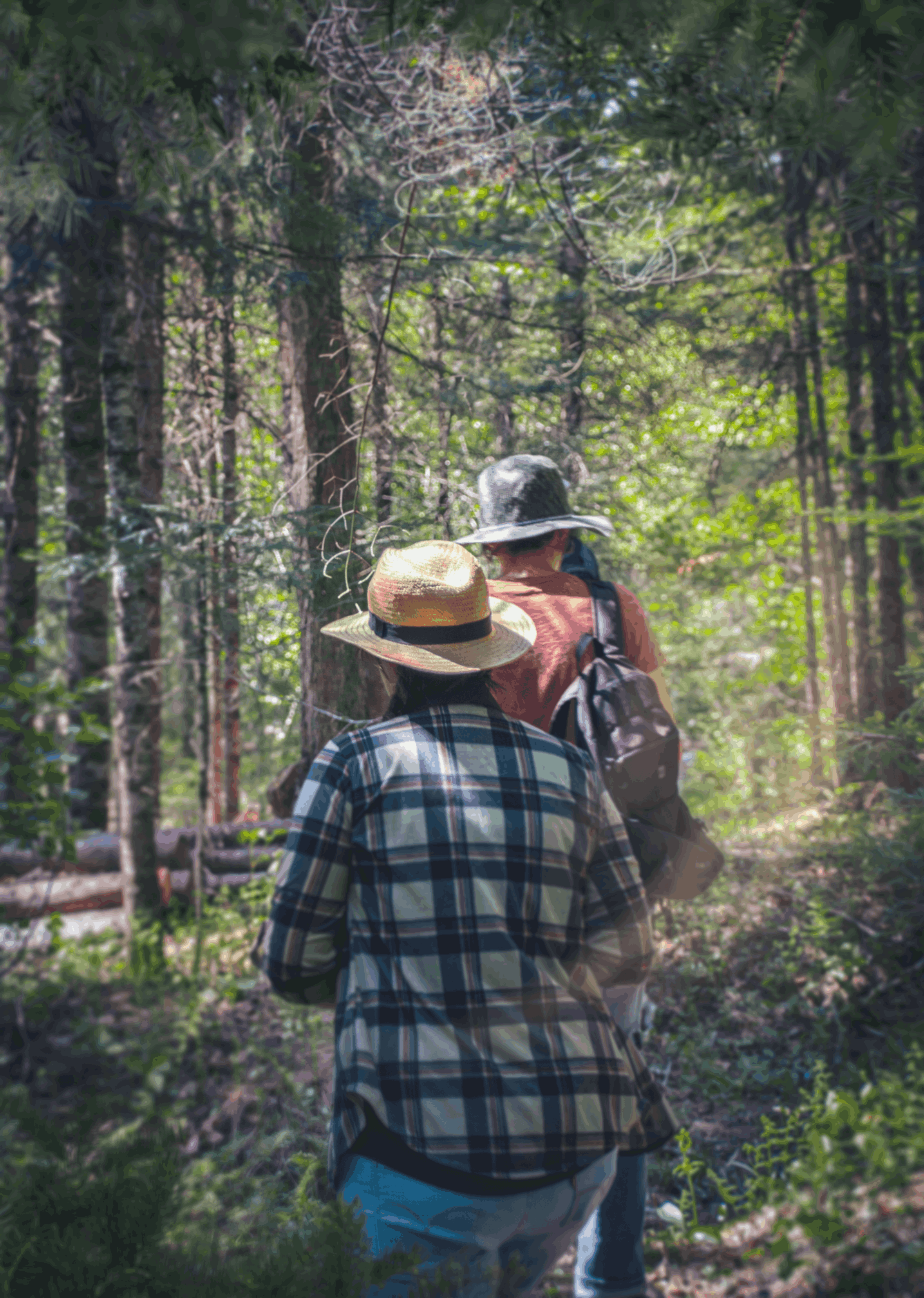
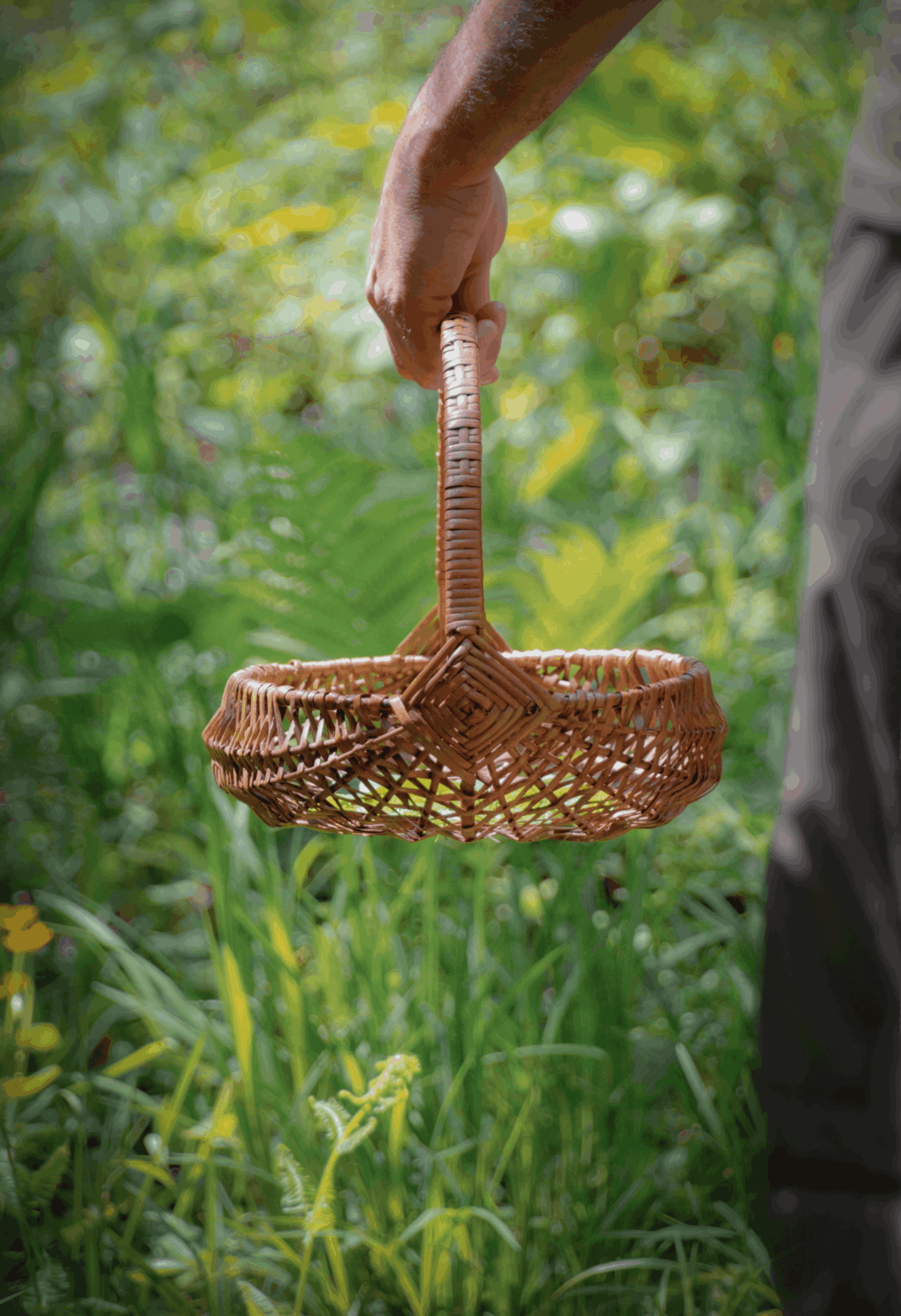
It's possible to pick responsibly!
Many of the wonders of spring grow slowly, sometimes over several years. They must therefore be picked sparingly, taking into account the environment and the number of individuals.
Before you go out with your basket in hand, here's a summary of the basic techniques of responsible picking:
- Identify the plant 100% before picking.
- Be well-informed about the parts to be picked, their uses, the precautions to be taken and the plant's level of rarity.
- Pick in chemical-free areas and away from polluted zones.
- Pick sparingly, taking into account the plant's rate of growth and the abundance of individuals in the environment.
- Take only what you need.
To pick responsibly, it's essential to learn to observe and seek out the necessary knowledge. Gathering allows us to look at nature in a different light, to understand it better and to want to take care of it... After all, isn't wild gathering a great excuse to nourish our bond with it?
Text by Joanie Bélanger of L'atelier de cueillette.
Photo : Nancy Parisella
This news item is part of the Seasonal Market Guide - spring edition (in french), a free quarterly publication that you can now find in all your favorite public markets, thanks to the financial support of the Ville de Montréal.

